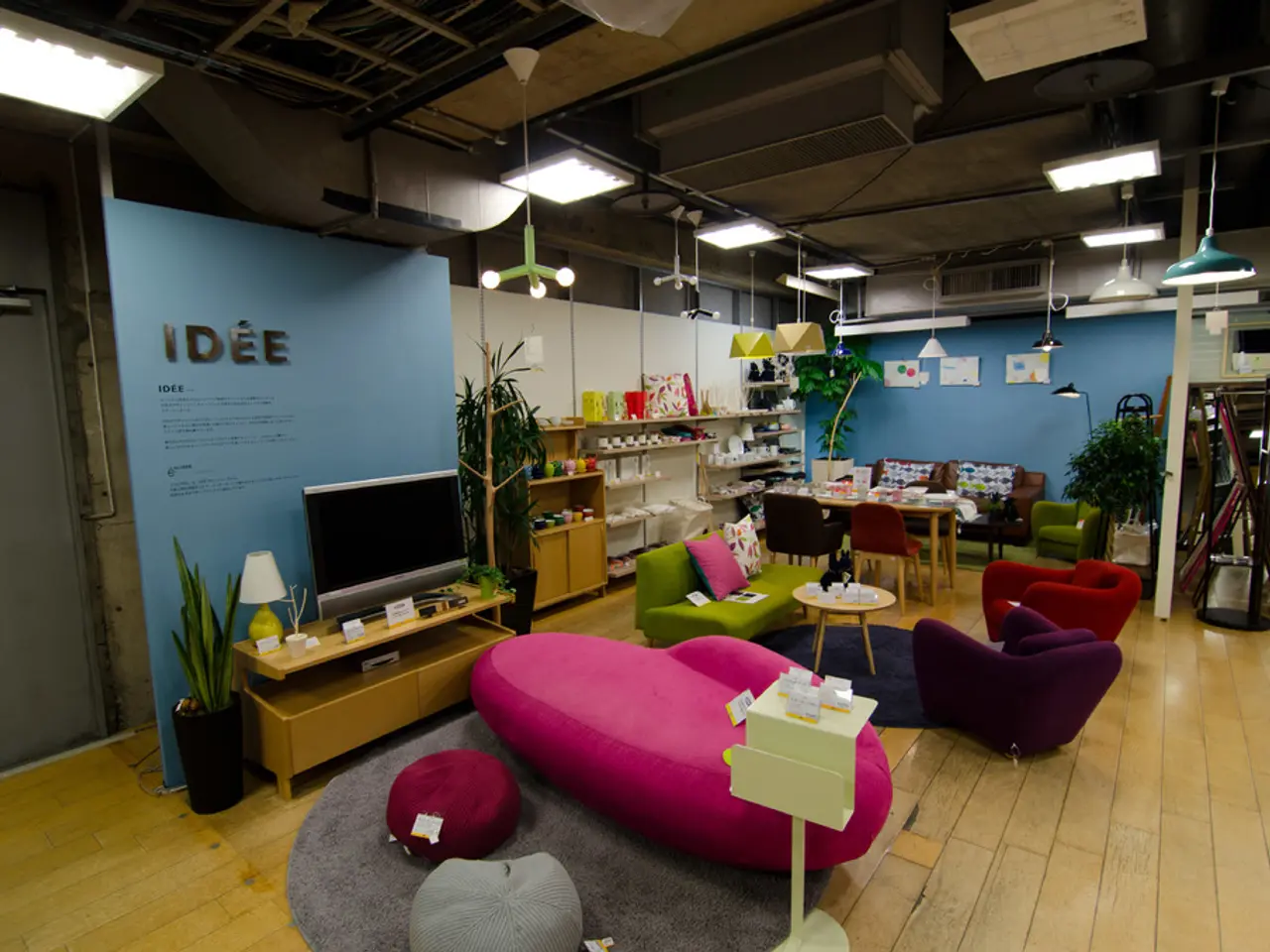Home Sanctuary as a Whole: Understanding 'Holistic' in Domestic Spaces
A holistic home is more than just a clutter-free living space; it's a nurturing environment designed to support and enhance the total well-being of its inhabitants. This comprehensive approach encompasses physical, mental, emotional, social, and spiritual dimensions, creating a harmonious and balanced living environment.
Characteristics of a Holistic Home
Comprehensive Well-being Support
A holistic home is designed with the goal of supporting its residents' well-being in multiple ways.
- Physical Health: The home incorporates cleanliness, natural light, good air quality, and ergonomic furniture to promote physical comfort and health.
- Mental Well-being: Calming colors, minimal clutter, and quiet spaces are used to reduce stress and create a peaceful atmosphere.
- Emotional Balance: Personalization, art, and comfortable spaces for reflection are included to support emotional expression and stability.
- Social Connection: Communal areas, spaces for gathering, and design that facilitates communication among household members encourage social interaction.
- Spiritual Nourishment: Elements such as spiritual art, symbols, or meditation areas are added to foster a sense of purpose and connection to something greater.
Design and Décor Elements
The design and décor of a holistic home emphasize natural materials, indoor plants, soft lighting, clutter-free spaces, and personalized areas.
- Natural Materials: Wood, stone, bamboo, and other eco-friendly materials are used to create a grounded, harmonious atmosphere.
- Indoor Plants: Plants are incorporated to improve air quality and symbolize growth and vitality.
- Soft Lighting: Candles and gentle lighting create a calming ambiance and support mental and spiritual well-being.
- Clutter-free Spaces: A minimalist approach is taken to reduce distraction and promote clarity and peace of mind.
- Personalized Spaces: Areas dedicated to meditation, prayer, or personal hobbies encourage self-care and spiritual practice.
Holistic Living Practices
A holistic home goes beyond design to integrate healthy living practices, mindful technology use, supportive relationships, and respect for diversity.
- Healthy Lifestyle Integration: Encouraging healthy habits such as nutritious eating, regular exercise, and adequate rest is not just about individual choices but part of the home’s rhythm and culture.
- Mindful Technology Use: Balancing connectivity with restful, tech-free zones helps residents disconnect and recharge.
- Supportive Relationships: Design and daily practices that nurture relationships and create a sense of belonging and community within the home are essential.
- Respect for Diversity: The space is inclusive and adaptive, recognizing and accommodating the unique physical, mental, emotional, and spiritual needs of all residents.
A Holistic Home: More Than Just a Shelter
A holistic home is a foundation for a truly balanced and fulfilling life. By consciously integrating natural elements, thoughtful design, and daily practices that honor body, mind, and spirit, a holistic home becomes a nurturing space that actively supports the multidimensional health and well-being of everyone who lives there.
- In a holistic home, intentional design components like natural materials and indoor plants are used to foster a grounded and harmonious environment.
- By incorporating cleanliness, natural light, and ergonomic furniture, the home supports its residents' physical health and comfort.
- Minimal clutter, calming colors, and spaces for reflection in a holistic home are designed to reduce stress and promote emotional balance.
- Personalized areas for meditation, prayer, or personal hobbies encourage self-care and spiritual practice within the home.
- Holistic living practices such as nutritious eating, regular exercise, and adequate rest are integrated into the home's rhythm and culture.
- Mindful technology use and thoughtful design elements that nurture relationships create a sense of belonging and community within the home.
- Respect for diversity is essential in a holistic home, as it recognizes and accommodates the unique needs of all residents, supporting their overall well-being.




